Managing Pet Obesity: Top Dietary Strategies for Weight Loss and Maintenance
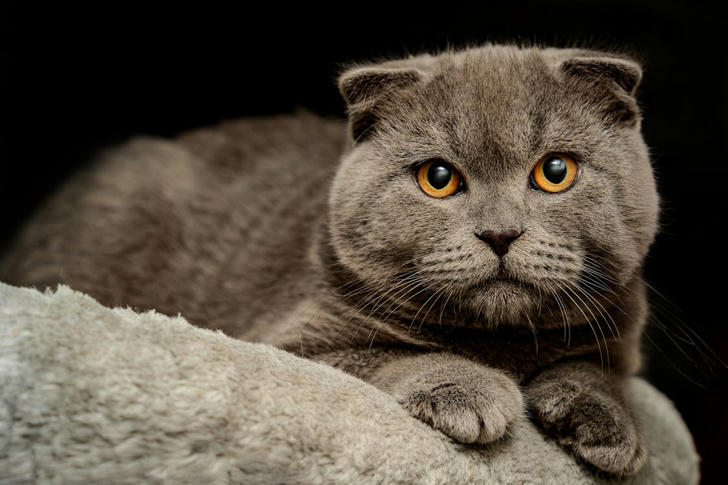
Pet obesity is a growing concern that affects millions of dogs and cats worldwide. It can lead to a variety of health problems, including diabetes, heart disease, joint issues, and a reduced lifespan. As pet owners, it’s crucial to take proactive steps to manage your pet's weight through dietary strategies. This article outlines effective dietary recommendations for weight loss and maintenance, ensuring your furry friend remains healthy and happy.
Understanding Pet Obesity
Pet obesity is defined as an excessive accumulation of body fat, which poses a risk to a pet's health. The causes of obesity in pets can vary, but they often include:
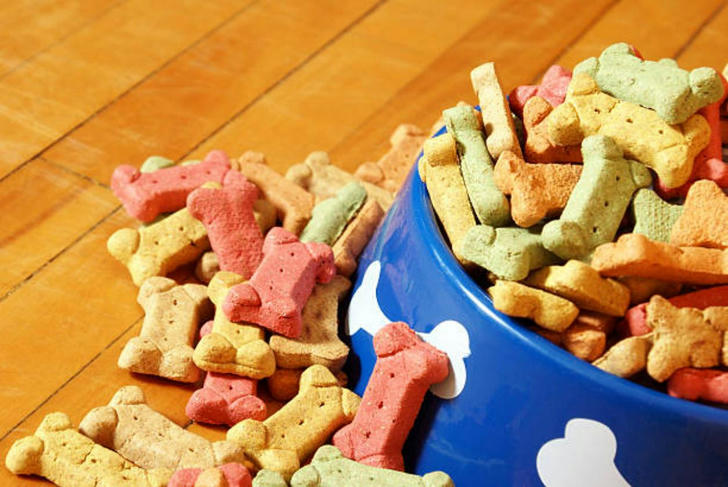
•Overfeeding: Providing more food than necessary based on a pet’s energy requirements.
•Lack of Exercise: Inadequate physical activity can contribute significantly to weight gain.
•High-Calorie Treats: Many pet treats are high in calories and can quickly add to a pet's daily intake.
•Genetics: Some breeds are predisposed to obesity, making dietary management even more critical.
Recognizing obesity is the first step toward managing it. A simple way to determine if your pet is overweight is to assess their body condition score (BCS) using a scale from 1 to 9, where 1 is emaciated and 9 is severely obese. Ideally, a pet should have a BCS of 4 to 5, indicating a healthy weight.
Dietary Strategies for Weight Loss
1. Consult a Veterinarian
Before making any dietary changes, consult your veterinarian. They can assess your pet’s overall health, determine a target weight, and create a personalized weight loss plan. This professional guidance is essential to ensure safe and effective weight management.
2.Measure Food Portions
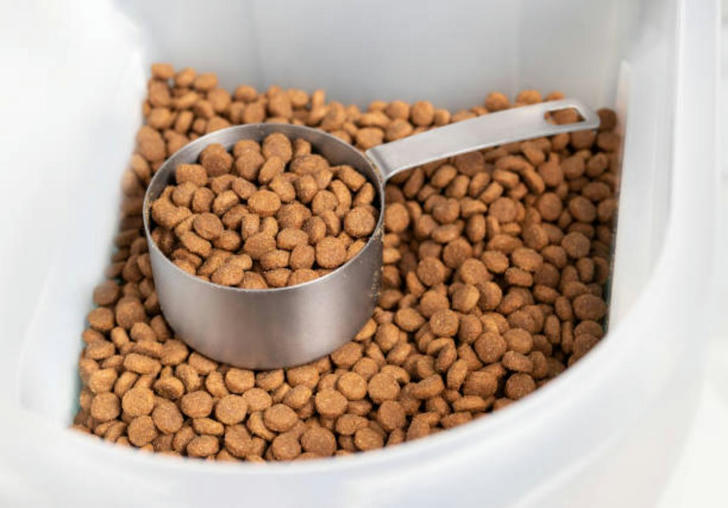
One of the most significant factors in managing a pet's weight is controlling food portions. Here’s how to do it effectively:
•Follow Feeding Guidelines: Use the feeding guidelines on your pet's food packaging as a starting point. Adjust portions based on your veterinarian's recommendations.
•Use a Measuring Cup: Always measure food with a standard measuring cup rather than estimating. This helps ensure accurate portion sizes.
•Regular Monitoring: Weigh your pet weekly to track progress. If weight loss is not occurring, reevaluate portion sizes and consult your veterinarian.
3.Switch to Weight Management Food
Consider transitioning to a weight management or light formula pet food. These foods typically contain fewer calories and higher fiber content, which can help pets feel full while consuming fewer calories. Look for foods that have:
•Reduced Fat Content: Lower fat levels help decrease calorie intake.
•Increased Fiber: Fiber aids in digestion and helps pets feel satiated.
4.Incorporate Fresh Vegetables
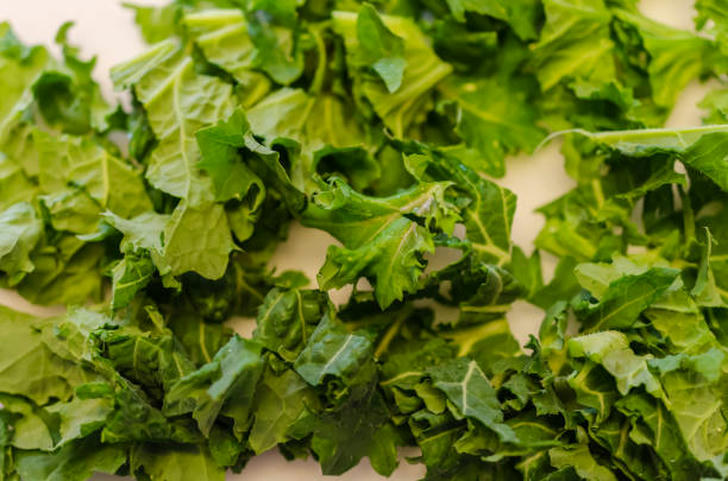
Adding fresh vegetables to your pet's diet can help reduce caloric intake while providing essential nutrients. Safe vegetables include:
•Carrots
•Green beans
•Cucumbers
•Broccoli
Always introduce new foods gradually and in moderation to prevent gastrointestinal upset.
5. Limit Treats and Table Scraps
Treats can quickly contribute to excess calorie intake. Here are some strategies to manage treat consumption:
•Choose Low-Calorie Treats: Opt for healthier, low-calorie options. You can even use pieces of vegetables like carrots or green beans as treats.
•Implement a Treat Limit: Set a daily limit on the number of treats your pet can receive. A good rule of thumb is that treats should not make up more than 10% of your pet’s daily caloric intake.
•Avoid Table Scraps: Resist the temptation to feed your pet from the dinner table, as many human foods can be high in calories and unhealthy for pets.
6. Encourage Slow Eating
Some pets tend to gulp their food, which can lead to overeating. To encourage slower eating:
•Use Puzzle Feeders: These devices make pets work for their food, slowing down their eating pace and providing mental stimulation.
•Spread Food Out: Instead of placing food in a bowl, scatter it on a flat surface to encourage foraging behavior.
7. Schedule Regular Mealtimes
Establishing a consistent feeding schedule can help regulate your pet’s appetite. Consider the following:
•Set Meal Times: Feed your pet at the same times each day to create a routine. This helps them know when to expect food and can prevent begging behavior.
•Avoid Free Feeding: Leaving food out all day can lead to overeating. Instead, offer measured portions at scheduled times.
Maintaining a Healthy Weight
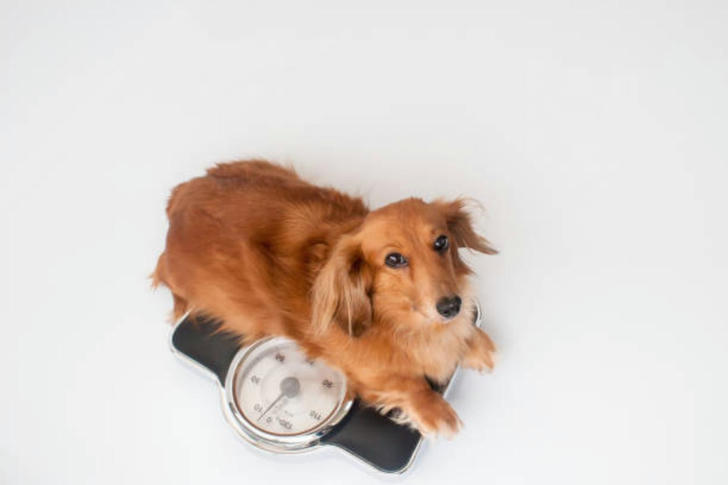
Once your pet reaches their target weight, it’s crucial to maintain that weight to prevent obesity from recurring. Here are some strategies for ongoing weight maintenance:
1. Continue Measuring Portions
Continue to measure food portions even after reaching the target weight. Regular portion control is vital for long-term weight management.
2. Gradually Transition to Maintenance Food
After achieving weight loss, consider gradually transitioning your pet to a maintenance formula food. This food typically has a different caloric balance suited for weight maintenance. Follow your veterinarian’s advice on the transition.
3. Keep Monitoring Weight
Regularly weigh your pet to ensure they maintain a healthy weight. If weight gain is observed, reassess the diet and portion sizes, and consult your veterinarian if necessary.
4. Increase Physical Activity
Incorporating regular exercise into your pet’s routine is essential for weight maintenance. Aim for at least 30 minutes of exercise daily, depending on your pet's breed and age. Activities can include:
•Daily Walks: Regular walks not only help with weight management but also provide mental stimulation and bonding time.
•Playtime: Engage in interactive play with toys to keep your pet active and entertained.
•Training Exercises: Incorporate training sessions that involve physical activity, such as fetch or agility training.
5. Reassess Dietary Needs Periodically
As pets age, their dietary needs may change. Regularly consult with your veterinarian to assess your pet’s weight, health, and nutritional needs. Adjust the diet as necessary to ensure ongoing health and well-being.
Conclusion
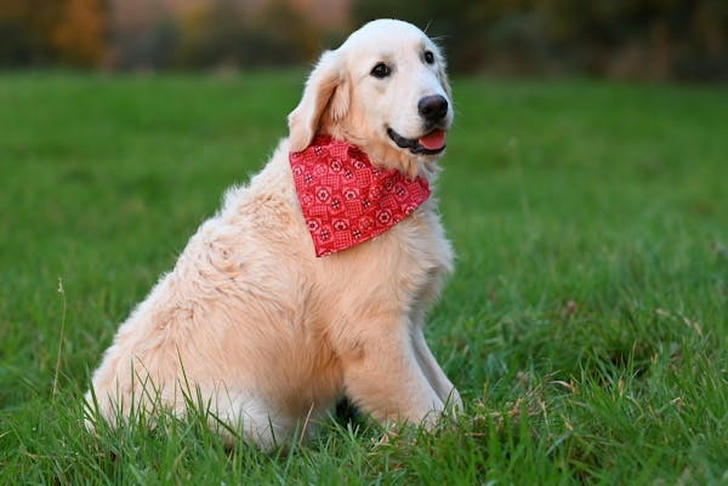
Managing pet obesity requires a multifaceted approach that combines dietary strategies with regular exercise. By consulting a veterinarian, controlling food portions, choosing the right foods, and encouraging physical activity, pet owners can help their furry friends achieve and maintain a healthy weight. With dedication and attention, pet obesity can be effectively managed, leading to a happier, healthier life for pets.
